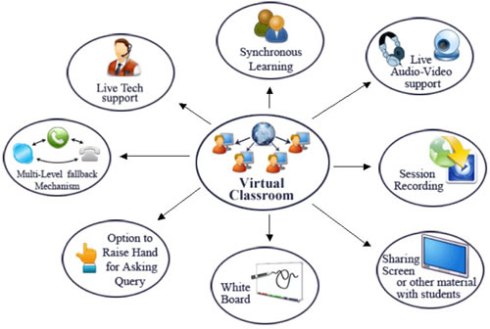What Is Experiential Learning?
Experiential learning, simply explained, is a process of learning through first-hand experience. It is a method of acquiring expertise and skill through practical application of concepts, theories and problem solving techniques instead of just reading or hearing about them.
Why Experiential Learning?
The purpose of experiential learning is to have you world-ready by the time you complete the education program. For professionals who are already working, experiential learning will help them in enhancing skills and managing their roles effectively. It makes use of tools like internships, service-training, field work and practical activities to impart learning. Its approach is more about what you need to know and less about what can be taught.
Advantages of Experiential Learning
Experiential learning encourages application of knowledge and concepts to real- world situations with learning support from the trainer. Some key advantages of this method of learning are:
- Accelerates Learning
‘Learning by doing’ is far more effective and long lasting than theoretical learning. Further, experiential learning also promotes development of multiple skills such as critical thinking, problem solving and effective decision-making at the same time.
- A Learning Environment With A Safety Net
Since experiential learning involves working on real-world situation simulations, it offers the students freedom to think and operate differently without crushing their confidence if anything goes wrong.
- Merging Of Theory And Practice
What has been learnt from books can now be applied in field to understand its effect and behaviour. It also helps in remembering concepts and ideas.
- Increases Team Work
experiential learning engages participants in various team-based activities thus training them on team building and leadership. This benefits the participants because they learn from each other and also because they will have to work in a team in a professional environment.
- Assessing Learning Is Easier and Accurate
Simulation of a real-world situation with optimal outcomes, shows whether participants are able to understand the concepts as expected or not.
- Motivation to Learn and Impactful Activities
These are the indirect yet important advantages of experiential learning. The method encourages active participation and kindles a desire to learn.
Watch this video of a workshop on Experiential Learning by Welingkar’s Hybrid PGDM program, and learn about how participants get involved in interactive learning.
You can fast track your learning process and experience the multiple benefits of experiential learning through interactive workshops.
Explore more such workshops by Welingkar’s. Visit here.











